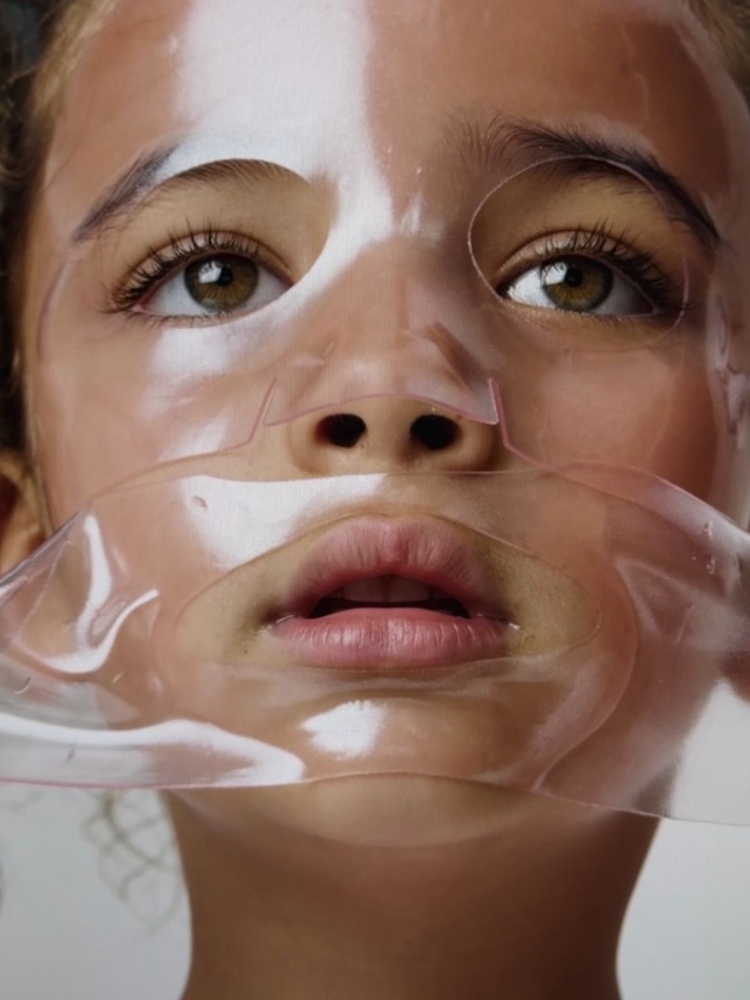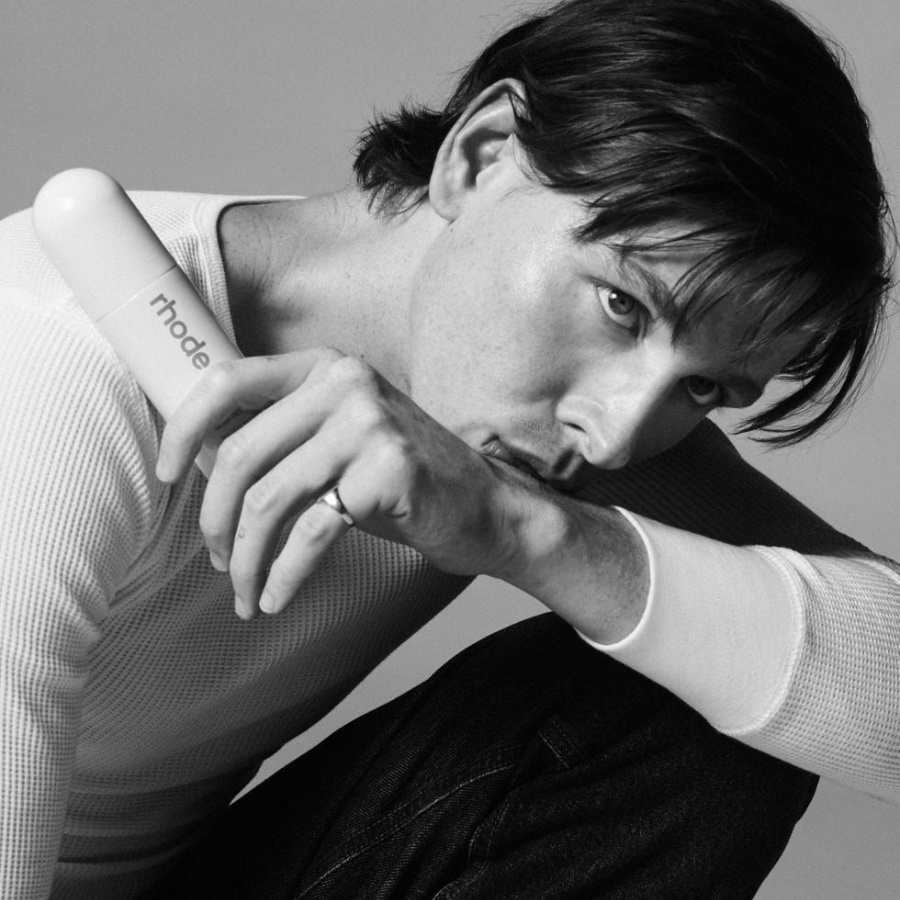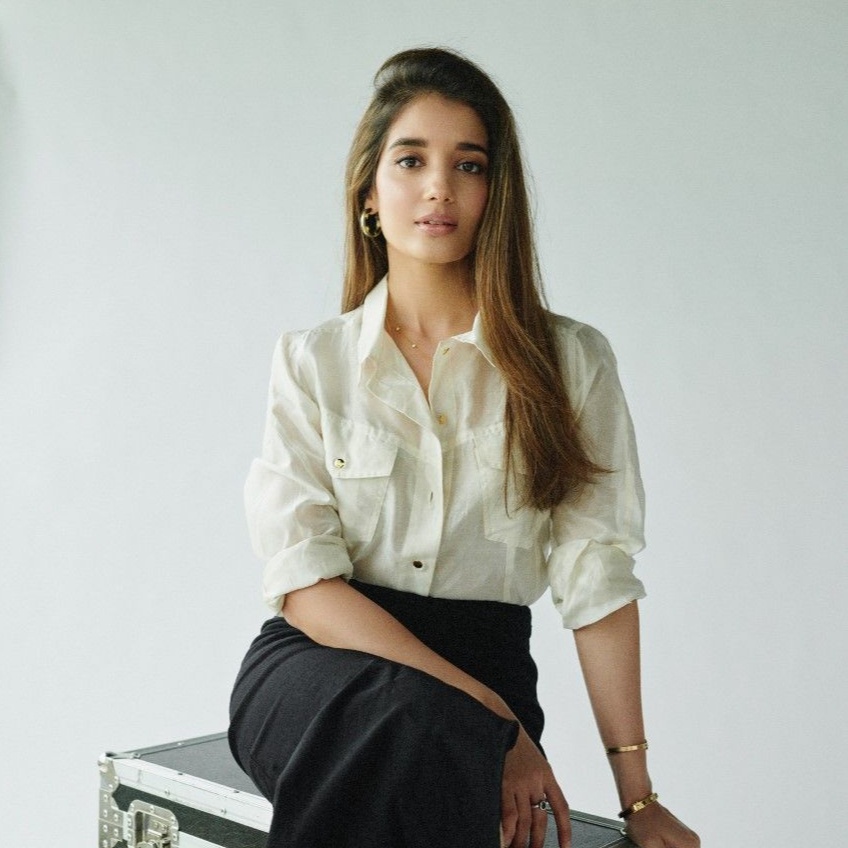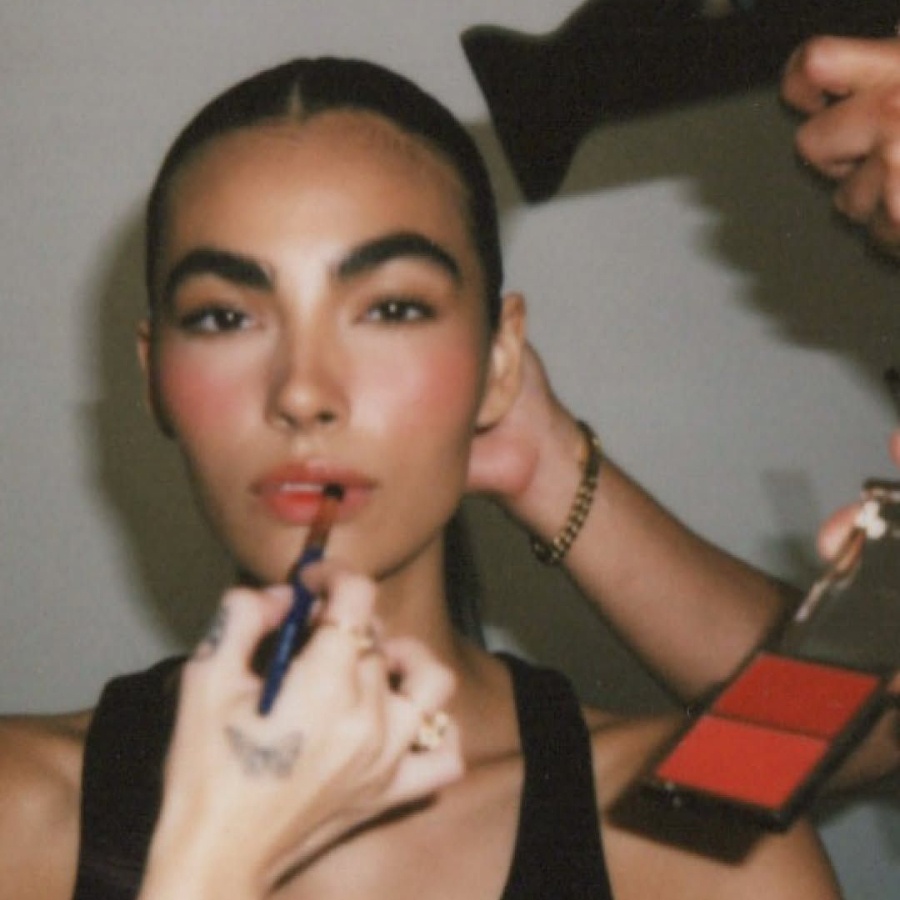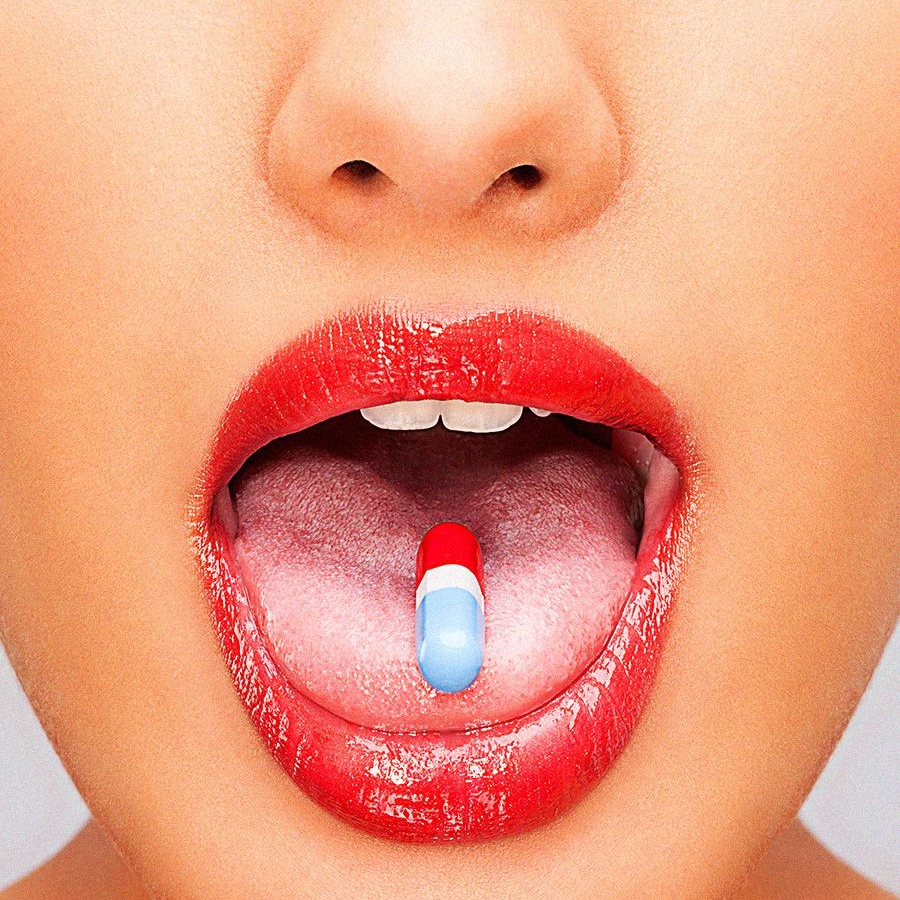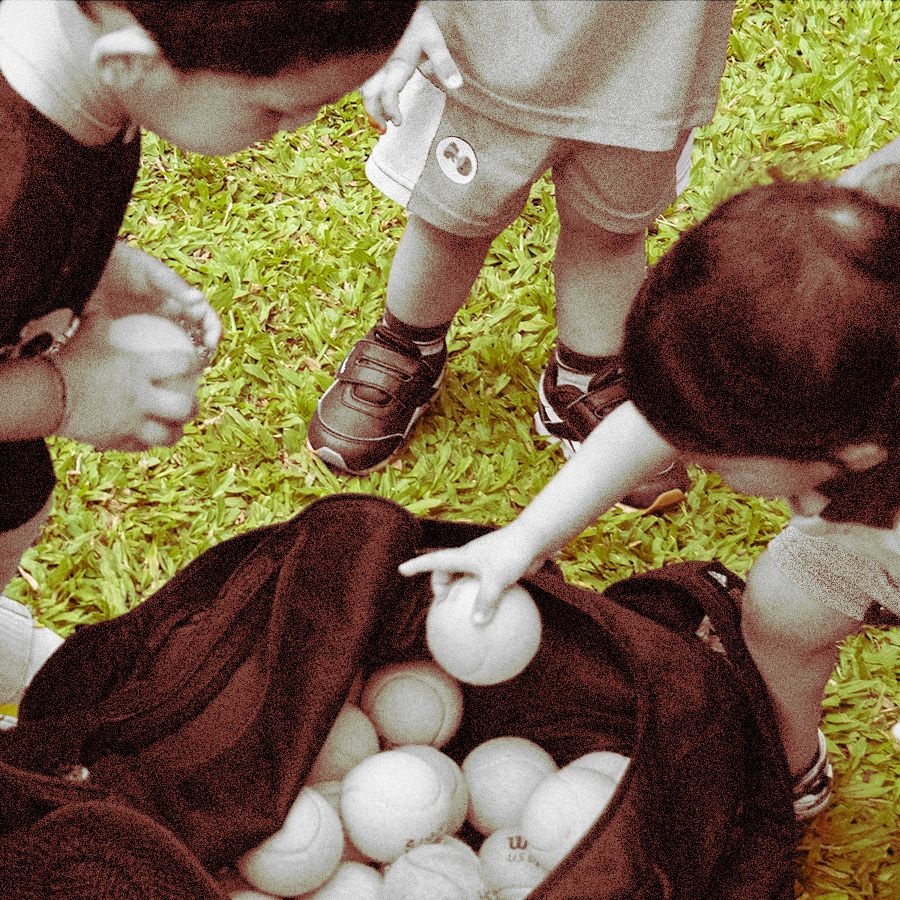When Shay Mitchell soft-launched Rini—a beauty and wellness brand “inspired by her daughter”, the internet spiralled: “Can toddlers have a 10-step routine now?” “Is my three-year-old late to barrier repair?” “Enough with turning kids into micro-influencers.”
The backlash was loud, but beneath it was something more complicated than outrage: a collective panic around what happens when childhood meets the beauty industrial complex. And whether we like it or not, that meeting is already happening.
Kids today grow up in front of ring lights the way we grew up in front of Cartoon Network. They absorb everything: the sheet masks, the mists, the tiny rollers, the lip oils that look like candy. They mimic long before they make sense of anything. And parents? They’re stuck in that limbo of “is this too much?” and “is this just parenting in 2025?”.
So, the real question is: Are brands like Rini the problem—or are we scared of what they reveal about us?
Oh, the things you’ll copy!
Clinical psychologist and published researcher (and new mum) Tanya Vasunia says that children pick up their earliest ideas of identity through imitation. “Before five, kids absorb more than they understand,” she explains. “After that, there’s a major shift. They’re not just copying you, they’re also piecing together who they are.”
In other words, when a toddler asks for lipstick, they’re not trying to be “pretty” or auditioning for Sephora Squad 2040. They’re just trying to be you.
This is exactly what makes parenting feel so tricky today. As Urvashi Jhangiani (@strictlymyopinion on Instagram), a mom of two, says: “Kids now are super-aware in a way we weren’t. They learn by watching how we work, how we rest, how we scroll, and, yes, how we get ready.”
Because our whole life is on a screen, this copying happens super fast. “My two-year-old knows how to open an iPad, switch apps, and even put filters on FaceTime,” Jhangiani adds.
Ruchi Shah Jhaveri, a psychologist and the founder of Inara Mental Health, remembers a time her son looked at her after she got dressed up and put on makeup and he said, “Mama, you look so pretty.” The compliment wasn’t the surprise; it was the pause it caused. “I wanted to accept his sweetness,” she says, “but I also didn’t want him to think that makeup is the thing that makes someone beautiful. How do you respond without teaching them something you don’t believe?”
Vasunia says this is exactly how meaning forms for little kids: “Children understand the world through a parent’s reaction. If something creates excitement, attention, or praise, a child assumes it’s important.”
Which is why these tiny interactions matter so much. It shows how closely kids watch us and how quickly they attach meaning to things. They see the transformation, the praise, and the whole ritual long before they understand the grownup rules. This means half the job is choosing the right words: accepting their affection while gently teaching them that “pretty” can mean so much more.
The beauty industry has been watching the “pre-pre-teen” market for years. The content is everywhere: tiny pink fridges, kids using fancy face tools (gua shas), and tweens trying to buy grownup ingredients like retinol at stores. This has created a whole economy around making childhood look aesthetic. The difference between something “cute” and something that feels like it is “capitalising on early insecurities” is very, very blurry. And brands know it.
But here’s the thing: parents aren’t just innocent bystanders. Adults are often part of the problem.
There’s a reason videos of toddlers doing skincare routines are internet gold. People love the nostalgia. People love “mini versions” of adult things. When the internet gives these videos lots of views, the market responds by selling more products.
The panic around Rini was not because of what the product offered, which was more “here is something you and your mom or your friends can do together that smells nice and feels fun and silly”, than “your skin needs fixing”. It was because of the context. Beauty recently has gotten very serious, very perfect, and very “finished”. Even the things that are supposed to be fun come in sleek, grownup packaging. So, when a kids’ brand shows up in that space, people worry it is pushing children toward a complicated world that even adults find challenging to navigate.
According to Vasunia, the ritual itself isn’t the problem. “If your Sunday-night face mask ritual is calm, positive, and about preparing for the week, the child absorbs the vibe, not the beauty standard.” She warns, however, that the ritual “becomes problematic only when parents attach stress, pressure, or perfection to them. Children absorb that far quicker than we realise.”
Jhangiani understands this, especially with girls. “It’s not just what you teach them—it’s how you talk about yourself. You say something casually like ‘my skin looks so dull today’ and they absorb it. You don’t even realise you’re shaping how they see beauty and ageing.”
Once upon a boundary
So, what happens when a kid asks for a sheet mask?
This is where the simple act of talking to them and setting healthy limits becomes everything. Vasunia says, “Children seek whatever brings them affection and validation. If appearance gets reinforced, they’ll chase that endlessly.” She also shares a strong stance on marketing: “I strongly advise against commercial beauty products for young children. Marketing is built for sales, not for children’s developmental safety.”
Jhangiani agrees that firm boundaries are essential. “If my daughter wants to do makeup or put on sheet masks because she sees me doing it, I’ll keep that dialogue open, but I’m also very clear that some things are for grownups. That boundary is healthy. You can’t let them do whatever they want because it’s cute or convenient.”
Dr Kiran Sethi, a dermatologist and a mom, has a clear rule: “Health and safety first. A sheet mask at age three? I’m saying no.” But “no” doesn’t have to shut down the conversation. “Kids need to understand that their skin is naturally good skin,” she explains. “You can do fun, age-appropriate swaps—like a banana or yoghurt mask made at home. It becomes a shared ritual without the chemicals.”
Shah Jhaveri agrees: “If my daughter asks for a sheet mask, I’d first ask her why. What does she think it does? Sometimes kids just want something because it smells fruity or looks fun. That’s not beauty—that’s play.”
Masking for a friend
What Rini truly exposed is something bigger: kids are already tuned into the beauty world because they are tuned into us. The sheet mask isn’t the issue; the real story is the meaning children take away from the way adults talk about and do their beauty routines.
Vasunia sums up the core fear: “We’re stripping children of their childhood by pushing them toward things they’re too young to engage in.”
Little kids don’t start these rituals thinking about “fixing” anything. They approach them like they approach most things: because it looks fun, smells interesting, or feels like something special their parent is doing. For a kid, beauty is in the same mental bucket as stickers, crayons, and bubbles. The fun is simple until grownups make it complicated.
That’s why small, clear explanations make the biggest difference. When a child asks “Why are you doing that?” Vasunia suggests the answer should be “It relaxes me” or “It keeps my skin healthy”, not “I need to hide my pimples”.
Ultimately, the thing children take away from these rituals isn’t the product itself. It’s the experience—the attention, the shared time, the feeling of “I get to be part of this with you”. That’s the part that lasts long after the mask has been peeled off and forgotten.
